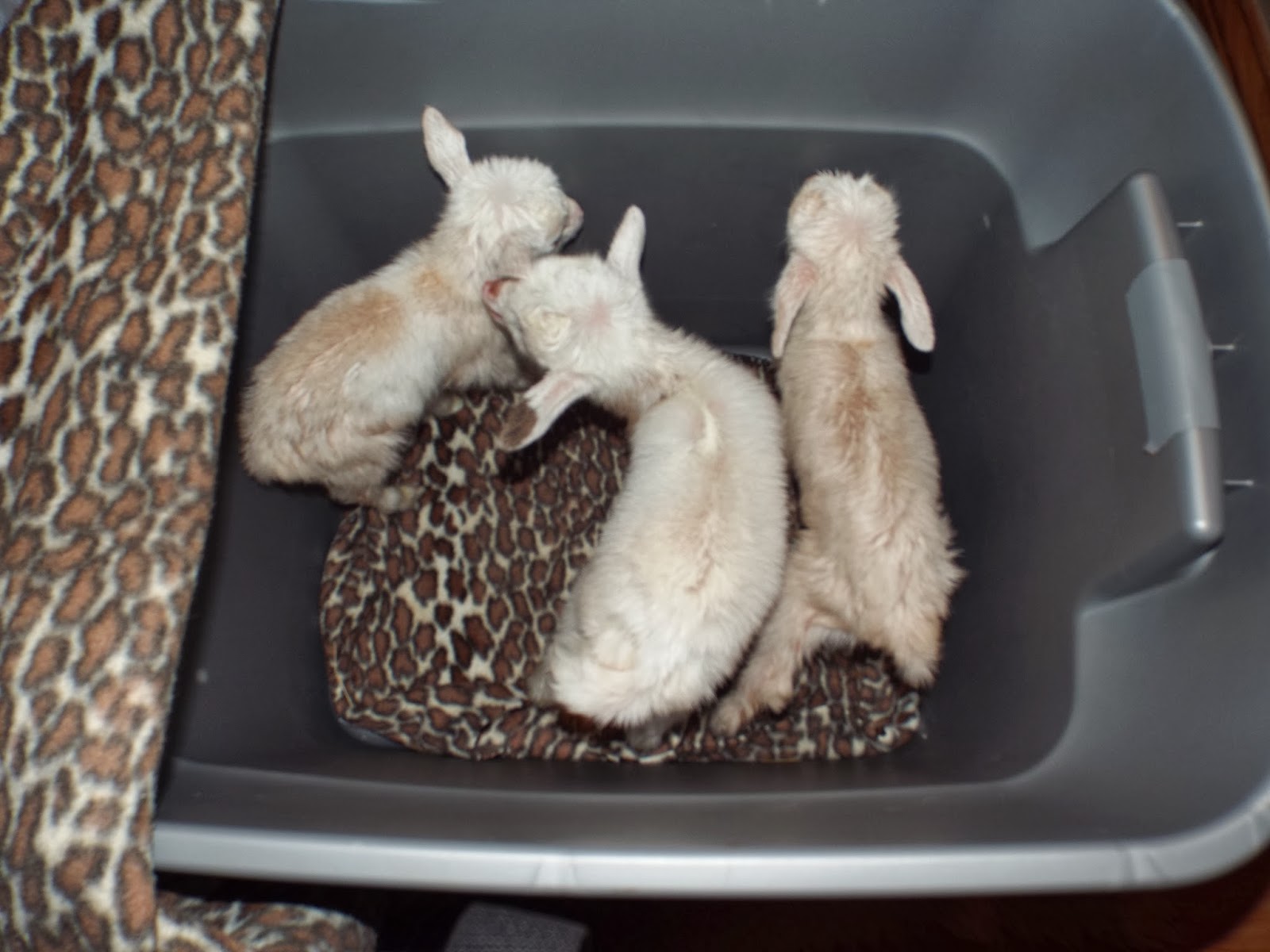February 2
My Nigerian doe 17 Syllables had four beautiful babies. I brought the two does inside so I could bottle feed them exclusively. I left the two boys with their momma.
 | ||||||
| The two boys. |
 | |
| The little doeling we kept. |
 | |
| This little girl went to Indigo Acres Farm. |
February 3
My Alpine doe Diesel had buck/doe twins. I brought them in the house to bottle feed so I could milk her.
 | |
| The doeling Kay Kay. |
 |
| The sweet little buckling Bit O Honey. |
Lets see, with Snicker's three January kids already in the house and the addition of four new ones, that made 7 babies running around inside an x-pen in my sunroom. It looked something like this:
 |
This is apparently what happened to a lot of February. We bottle fed babies 6 times a day, cleaned crates, mopped floors and got into a routine of milking two goats again. We sold one of the Nigerian bucklings to an experienced goat owner as a bottle baby and three other Nigerian bottle kids went to a new home too. As the 4 remaining kids grew (which they do at an astonishing rate) I spent more and more time matching wits with their ability to jump and climb. I am still winning but just barely.
Usually I try to get kids to the kid pen outside long before a month of age. For the first couple of weeks though, the kids are bottle fed every two and three hours (except overnight) so it is handy not to have to run to the barn with bottles every few hours. The weather this winter, however, just wouldn't allow a transition from a heated house to an unheated barn so at over a month old they are still in the sunroom. The occasional breaks in the weather were spent doing various outside chores such as cleaning pens, moving goats around to kidding stalls, giving vaccinations, trimming feet and even going to town to replenish supplies. We also spent a couple of lovely hours on our deck during warm afternoons watching the babies run and play OUTSIDE.
Sometime during that February blur, the two mini-alpine kids also went to their new home, we bought a breeding pair of guineas and I started making cheese and yogurt again. Don was able to restart his kefir culture too. Our Alpine Diesel gives a lot of milk (well over a gallon a day), so we have enough to easily feed bottle babies, drink, and make cheese. I save my Nigerian milk for yogurt since it makes THE BEST thick and creamy yogurt.
 |
| Thick and creamy yogurt with NO additives! |
I think that about sums up the last few weeks. Now we are heading into our second kidding period and will have 6 does kidding this month. Now if I can just get these kids out of my sunroom so I can start all over again....


































